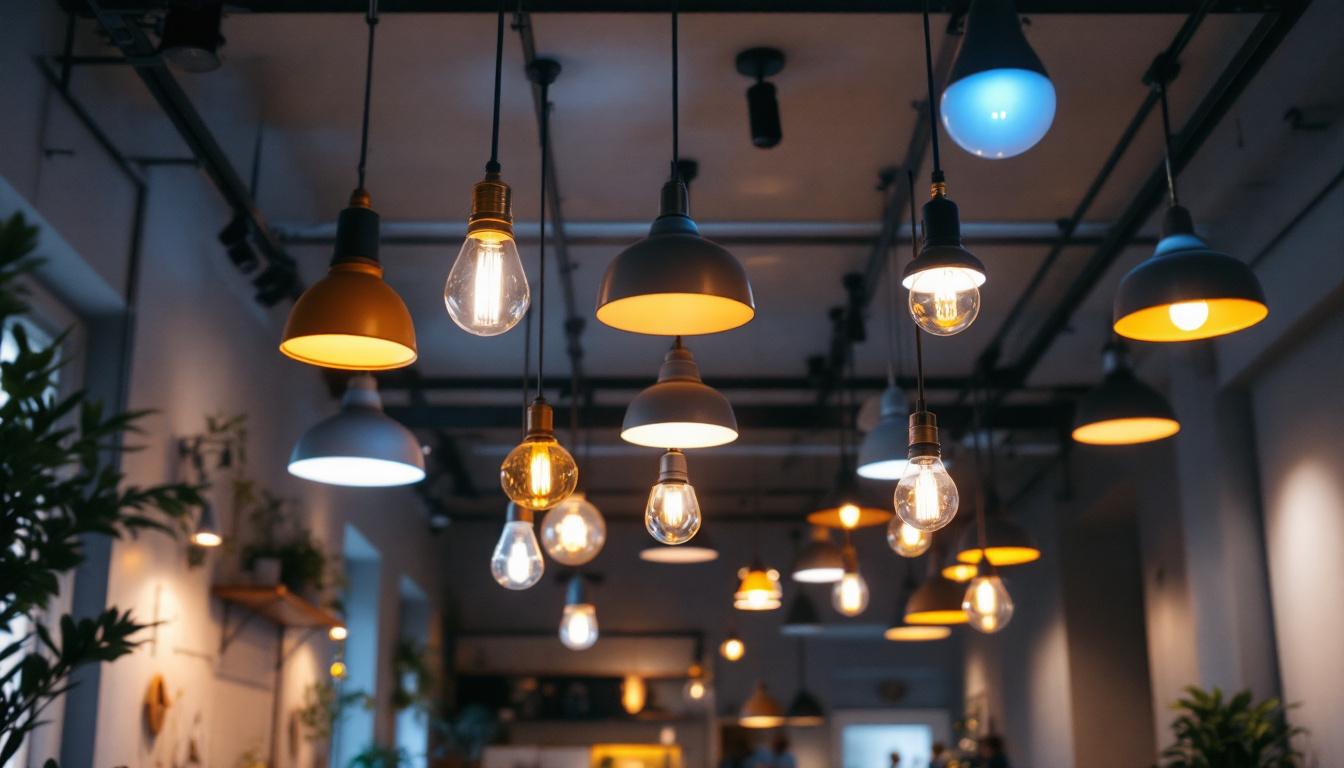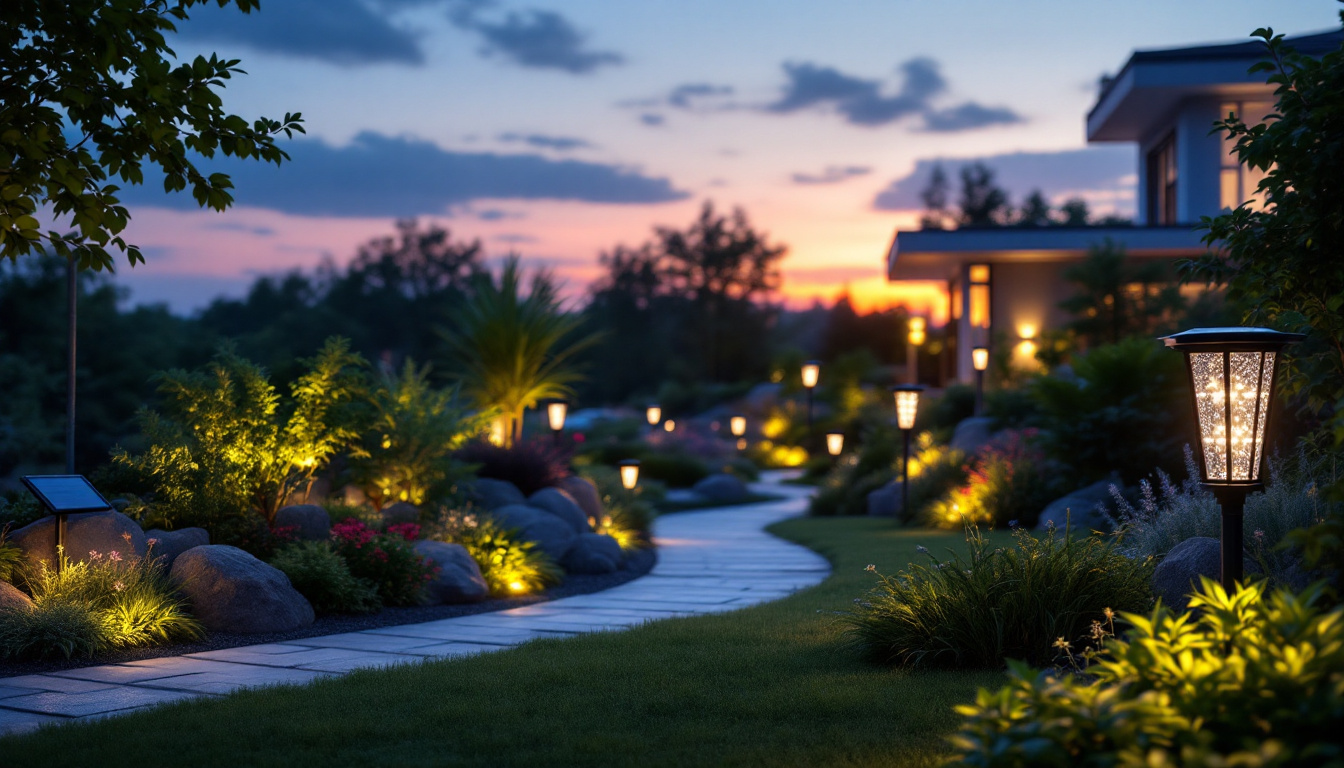
In the world of lighting design, the importance of choosing the right components cannot be overstated. Among these components, the regular outlet often goes unnoticed, yet it plays a crucial role in the overall effectiveness and efficiency of lighting installations. Understanding how to utilize regular outlets effectively can lead to better lighting designs that not only enhance aesthetics but also improve functionality.
Regular outlets serve as the backbone of any lighting system. They provide the necessary power supply to various lighting fixtures, ensuring that they operate efficiently and safely. However, the significance of these outlets extends beyond mere functionality.
When integrated thoughtfully into a lighting design, regular outlets can influence the ambiance of a space, enhance the usability of lighting fixtures, and contribute to energy efficiency. This makes it essential for lighting contractors to consider how outlets are positioned and utilized in their designs.
One of the primary functions of a regular outlet is to provide a reliable power supply to lighting fixtures. It is essential to ensure that the outlet’s voltage and amperage ratings are compatible with the fixtures being used. Mismatched ratings can lead to inadequate performance or even damage to the fixtures.
Moreover, understanding the power requirements of different types of fixtures—such as LED, fluorescent, or incandescent—is vital. This knowledge allows contractors to recommend the right outlets and configurations that will support the intended lighting design without compromising safety or efficiency. For instance, LED fixtures typically require less power than traditional incandescent bulbs, allowing for more fixtures to be connected to a single outlet without overloading the circuit. This not only optimizes the use of electricity but also extends the lifespan of the lighting elements, making it a win-win for both functionality and sustainability.
The placement of regular outlets is a key consideration in lighting design. Outlets should be strategically positioned to minimize visible cords and maximize the effectiveness of the lighting. For instance, placing outlets near seating areas can facilitate the use of table lamps or floor lamps, enhancing the overall lighting scheme.
Additionally, considering the layout of a space can help in determining the best locations for outlets. In areas with multiple lighting sources, such as kitchens or living rooms, having outlets in convenient spots can allow for greater flexibility in lighting arrangements. Furthermore, incorporating outlets into architectural features, such as baseboards or wall panels, can create a seamless look while providing power where it is most needed. This thoughtful integration not only enhances the aesthetic appeal of the space but also ensures that lighting can be easily adjusted to suit different activities, from cooking to entertaining, thus elevating the functionality of the environment.
While functionality is paramount, the aesthetic appeal of lighting designs should not be overlooked. Regular outlets, when integrated thoughtfully, can contribute to the visual harmony of a space.
Using outlets that blend seamlessly with the surrounding decor can enhance the overall look of a room. For example, choosing outlets with a sleek design or a finish that matches the fixtures can create a cohesive appearance, making the outlets less obtrusive and more integrated into the overall design.
Regular outlets come in various colors and finishes, allowing for customization to match the interior design of a space. White or beige outlets may blend into walls, while metallic finishes can add a modern touch to contemporary designs.
Contractors should consider the color palette and style of the room when selecting outlet finishes. A well-chosen outlet can enhance the overall aesthetic, making it an integral part of the design rather than an afterthought.
Concealed outlets are becoming increasingly popular in modern lighting design. These outlets can be hidden behind furniture or within walls, providing power without detracting from the visual appeal of the space. This approach is particularly effective in minimalist designs where clean lines and simplicity are prioritized.
By using concealed outlets, contractors can create a more streamlined look, allowing lighting fixtures to take center stage without the distraction of visible cords or bulky outlets.
Energy efficiency is a growing concern for both homeowners and businesses. Regular outlets can play a significant role in optimizing energy use in lighting designs. By selecting the right outlets and understanding their capabilities, contractors can help clients reduce their energy consumption.
Incorporating smart outlets or timers can further enhance energy efficiency. These devices allow users to control their lighting more effectively, ensuring that lights are only on when needed. This not only saves energy but also prolongs the lifespan of lighting fixtures.
The rise of smart home technology has transformed the way lighting systems are designed and controlled. Regular outlets can be integrated with smart technology to provide enhanced control over lighting. Smart outlets can be programmed to turn on and off at specific times, or they can be controlled remotely via smartphone apps.
This integration allows for greater flexibility in lighting design and can lead to significant energy savings. Contractors should stay informed about the latest smart technologies to offer clients innovative solutions that align with their energy efficiency goals.
Choosing energy-efficient lighting fixtures is another way to improve the overall energy performance of a lighting design. Regular outlets should be compatible with these fixtures to ensure optimal performance. For instance, LED fixtures require specific types of outlets that can handle their lower wattage demands.
By recommending energy-efficient fixtures alongside appropriate outlets, contractors can create lighting designs that not only look great but also contribute to sustainability efforts. This approach resonates well with environmentally conscious clients who are looking to reduce their carbon footprint.
Understanding and adhering to electrical codes is crucial for any lighting contractor. Regular outlets must meet specific regulations to ensure safety and functionality. Familiarity with local codes can help contractors avoid potential issues during installation and ensure that their designs are compliant.
Regular inspections and updates to codes mean that contractors must stay informed about any changes that may affect their work. This diligence not only protects the contractor but also ensures the safety of the end-users.
Safety should always be a priority in lighting design. Regular outlets must be installed according to safety standards to prevent electrical hazards. This includes proper grounding, the use of GFCI outlets in wet areas, and ensuring that outlets are not overloaded.
Contractors should also educate clients on the importance of regular maintenance and inspections of their electrical systems. This proactive approach can help identify potential issues before they become serious problems, ensuring the longevity and safety of the lighting design.
Load calculations are essential for determining the appropriate type and number of outlets needed for a specific lighting design. Contractors must assess the total wattage of all fixtures to ensure that the outlets can handle the load without risk of tripping breakers or causing overheating.
By conducting thorough load calculations, contractors can provide clients with safe and efficient lighting solutions that meet their needs. This attention to detail can set a contractor apart in a competitive market, showcasing their expertise and commitment to quality.
The lighting industry is constantly evolving, with new technologies and trends emerging regularly. Staying ahead of these trends can provide contractors with a competitive edge and allow them to offer innovative solutions to their clients.
Regular outlets are also evolving, with advancements in technology leading to more versatile and efficient options. As smart home technologies continue to gain popularity, the integration of regular outlets with these systems will become increasingly important.
The Internet of Things (IoT) is transforming how lighting systems are designed and controlled. Regular outlets that can connect with IoT devices allow for seamless integration and enhanced control over lighting. This trend is particularly appealing to tech-savvy clients who value convenience and efficiency.
Contractors should explore the possibilities of IoT integration in their designs, as it can open up new avenues for innovation and client satisfaction. By offering smart solutions, contractors can position themselves as leaders in the industry.
Sustainability is becoming a central focus in lighting design. Regular outlets that support energy-efficient fixtures and smart technology can contribute to a more sustainable future. Contractors should highlight the environmental benefits of their designs, appealing to clients who prioritize eco-friendly solutions.
By embracing sustainability, contractors can not only meet the demands of modern clients but also contribute to a greener planet. This commitment to environmentally responsible practices can enhance a contractor’s reputation and attract a broader client base.
The humble regular outlet may seem like a minor component in the grand scheme of lighting design, but its significance cannot be overlooked. By understanding the role of outlets in power supply, aesthetic appeal, energy efficiency, and compliance with safety standards, lighting contractors can elevate their designs to new heights.
Incorporating smart technology and focusing on sustainability will further enhance the effectiveness of lighting designs, ensuring they meet the evolving needs of clients. As the lighting industry continues to change, staying informed about trends and innovations will be key to success.
Ultimately, the secret to better lighting designs lies in the thoughtful integration of regular outlets, transforming them from mere power sources into essential elements of a cohesive and functional lighting scheme.
Ready to bring your lighting designs to the next level? At LumenWholesale, we provide the essential elements you need to create a cohesive and functional lighting scheme. Our spec-grade lighting products are designed to meet the highest industry standards, ensuring reliability and performance for every project. With unbeatable wholesale prices and the convenience of free shipping on bulk orders, you can access premium lighting solutions without the extra costs. Elevate your lighting designs with the perfect blend of quality, affordability, and convenience. Discover the value we offer and make LumenWholesale your go-to source for superior lighting products. Wholesale Lighting at the Best Value.

Discover the transformative impact of portable work lights in modern lighting solutions.

Discover the essential role of drop down ceiling lights in modern lighting projects.

Discover the essential guide for lighting contractors with our comprehensive checklist on dimmable LED drivers.

Discover how Light Led Solar technology is revolutionizing lighting projects by providing sustainable, efficient, and cost-effective solutions.